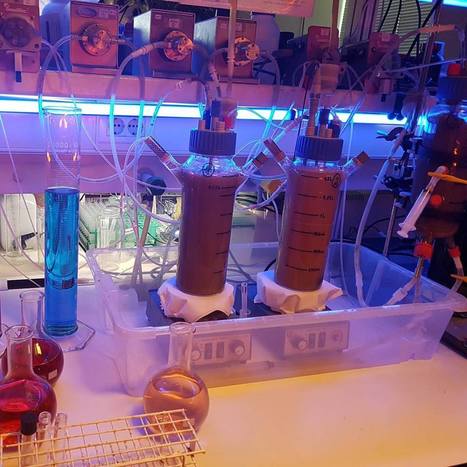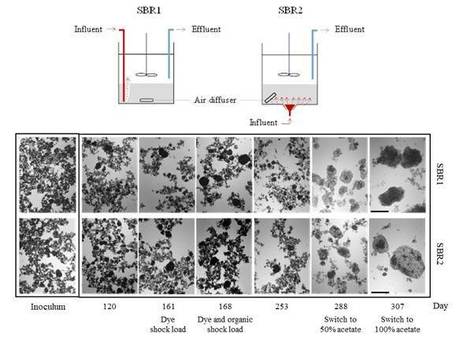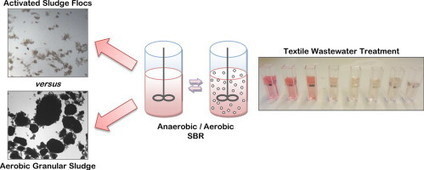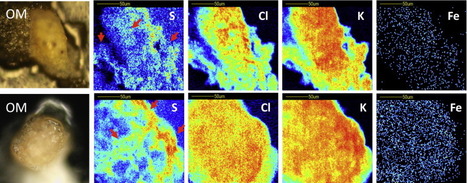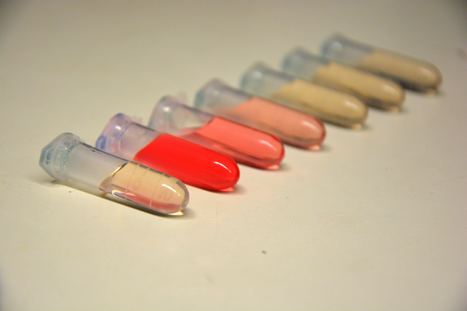
The effective removal from textile industry wastewaters of the hazards of azo dyes and their partial degradation metabolites is severely hampered by the difficulties in cultivating microbial populations able to mineralize these recalcitrant pollutants in treatment bioreactors. In recent work applying the novel aerobic granular sludge (AGS) technology to this challenge, researchers Rita DG Franca, Nídia D Lourenço and Helena M Pinheiro (BERG-iBB) and M Conceição Oliveira (CQE) used liquid chromatography with electrospray ionization tandem mass spectrometry (LC-ESI-MS/MS) to identify the colourless metabolites produced by AGS from azo dye Acid Red 14. Metabolite profiles under different bioreaction conditions provided insights into the associated biodegradation pathways. This work was published in ACS Sustainable Chemistry & Engineering.



 Your new post is loading...
Your new post is loading...

